
What’s the Purpose of Dual-Flush Toilet Buttons?
Dual-Flush Toilets: A Simple Innovation That Saves Thousands of Liters of Water
Modern dual-flush toilets are often misunderstood. Many people assume the two buttons on the top are simply part of the design, when in fact they serve a very practical—and environmentally friendly—purpose.
The two buttons are specifically engineered to reduce water consumption. The larger button is meant for flushing solid waste, typically using between 6–9 liters of water. The smaller button is intended for liquid waste, requiring only 3–4.5 liters. By choosing the correct flush, users can significantly cut down on unnecessary water usage without sacrificing hygiene.
How Much Water Can You Really Save?
When used correctly, dual-flush toilets can help a single household save up to 20,000 liters of water per year compared to traditional single-flush systems. To put that into perspective, this amount of water could fill a small backyard swimming pool or cover several months of drinking water for a family.
Although dual-flush systems generally cost more upfront than standard toilets, the long-term savings on water bills often outweigh the initial expense. In many cases, households notice reduced utility costs within the first year of use.
Where Did They Come From?
This eco-friendly system was first developed in Australia in 1980 as part of the country’s response to frequent droughts and growing concern over water conservation. Since then, dual-flush toilets have spread worldwide and are now standard in many modern homes, offices, and public restrooms. Their design has become a symbol of how small, everyday choices can add up to significant environmental benefits.
Why They Matter Today
With global water shortages and climate change putting pressure on natural resources, innovations like the dual-flush toilet play a surprisingly big role in conservation efforts. By making the simple choice of pressing the right button, every person contributes to reducing waste, lowering household expenses, and protecting one of Earth’s most precious resources.
News in the same category


Panic on P:0rnh:ub as adult site reports it's losing one million users every single day

Why a Cat Rubs Against You

True Meaning When Black Butterflies Visit You

Tips for Selecting Fresh Pork at the Market

Researchers Find Higher Intelligence Is Correlated With Left-Wing Beliefs and Seems to Be Genetic

Urgent Health Warning Issued After Pigs With ‘Neon Blue’ Flesh Are Discovered in One Specific Part of the Us

'Hostile' comet aimed at Earth could obliterate the world's economy 'overnight' if it hits

Iconic movie sequel delayed until 2027 after online sleuths 'guessed the plot'

Don’t Sleep With Your Pets
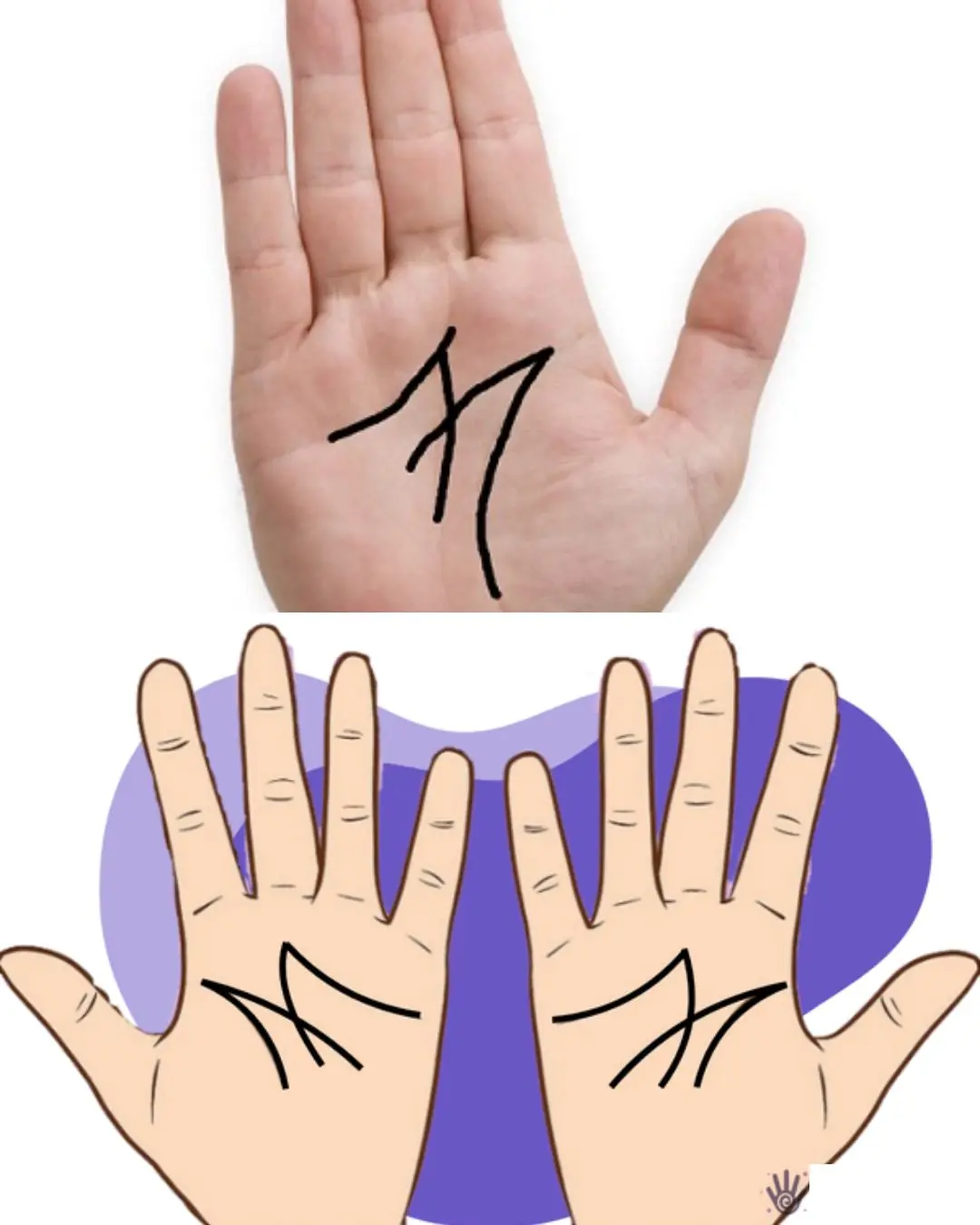
The Secret Meaning of the Letter “M” on Your Palm

The Remarkable Journey of Tru Beare, Who Was Born Weighing Only One Pound

Researchers Create Injectable Hydrogel to Boost Bone Strength

If You Have Moles on This Part of Your Body

The Purpose of the Small Pocket in Women’s Underwear

Can You Spot the Hidden Number?
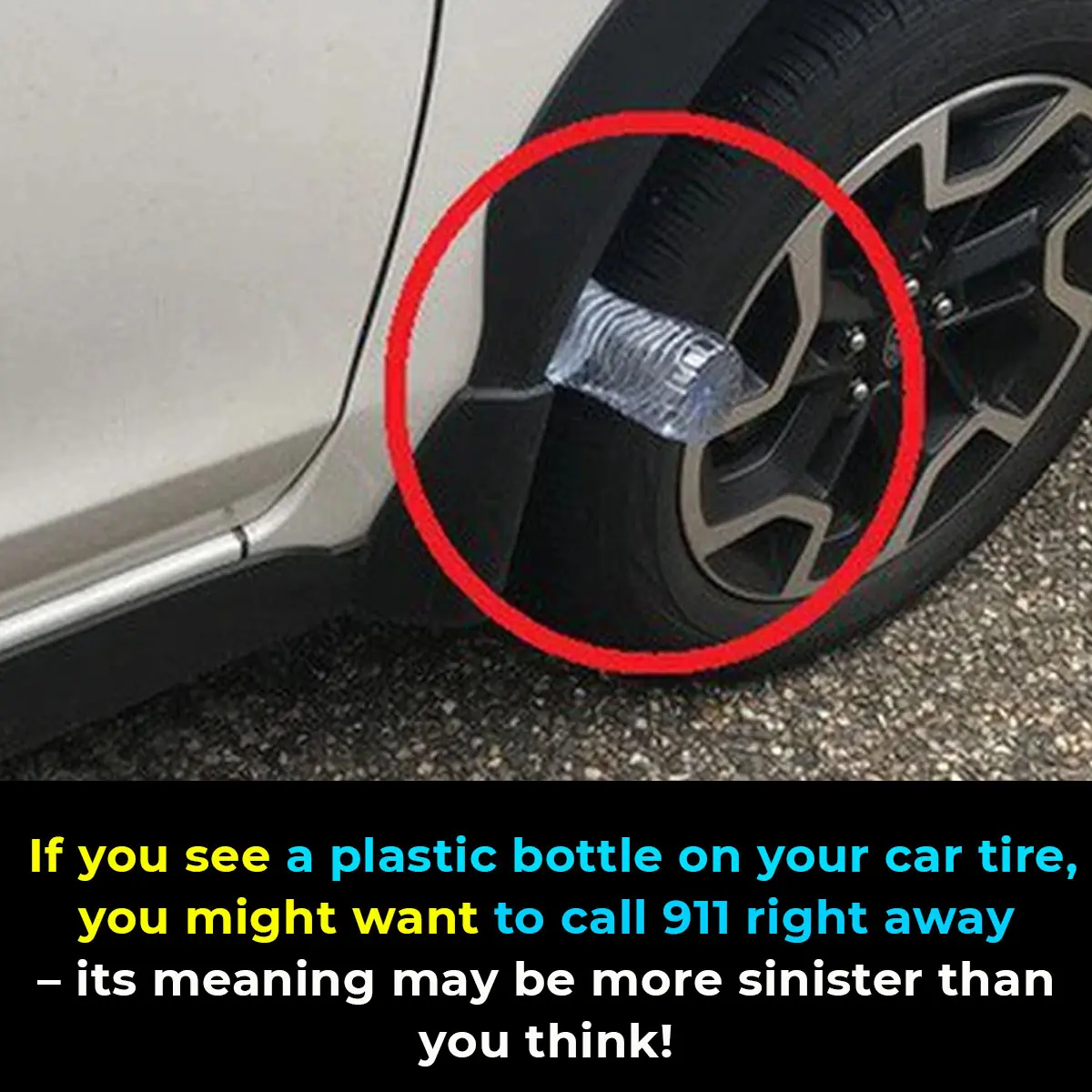
Beware of the Plastic Bottle Scam: A New Car Theft Tactic

Chinese Scientists Say They Created a Cure for Type 1 Diabetes

Rob Gronkowski forgot he invested $69,000 in Apple and ten years later the value has completely changed his net-worth
News Post

Dogs Can Tell If A Person Is Good Or Bad

Panic on P:0rnh:ub as adult site reports it's losing one million users every single day
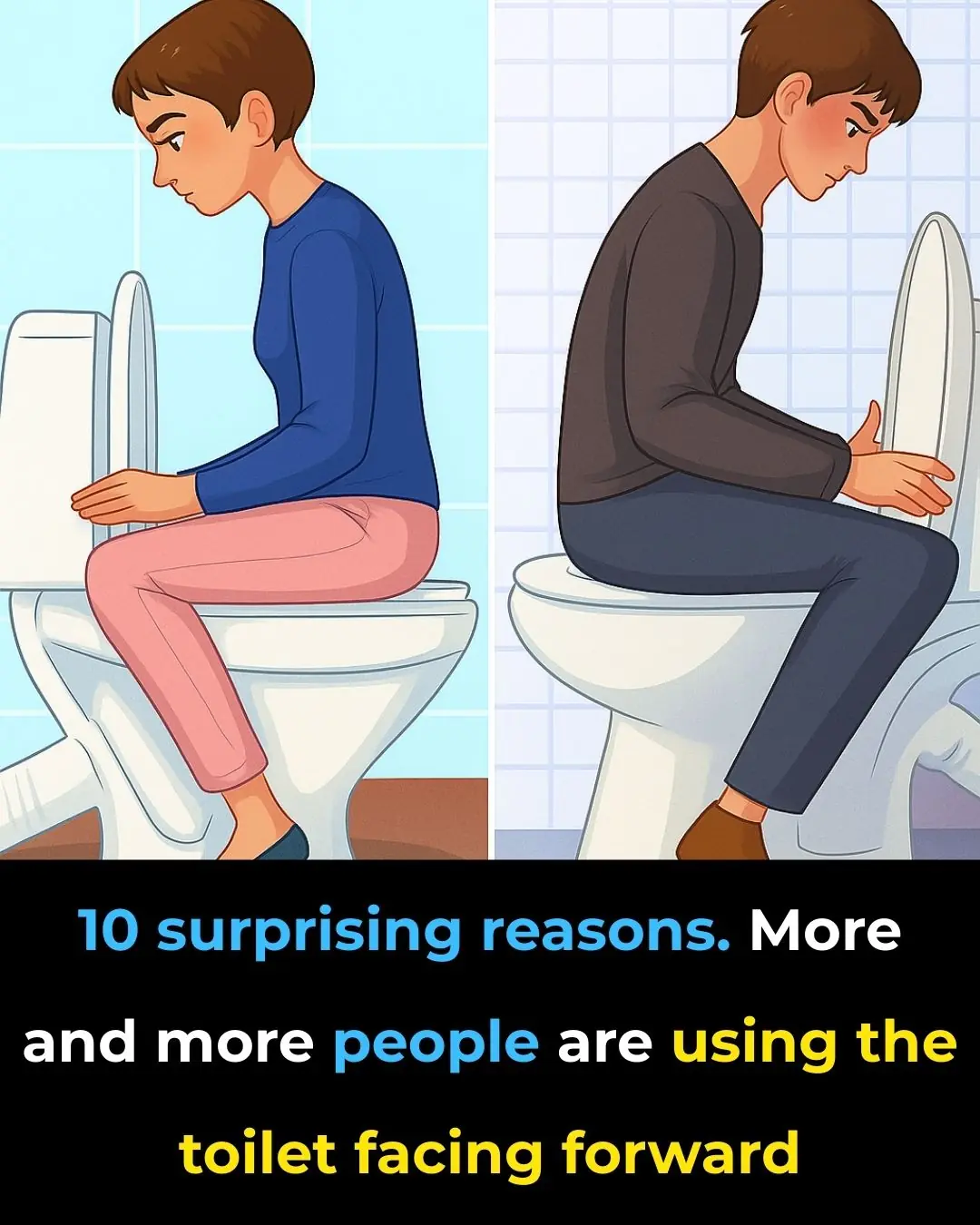
Surprising Benefits of Sitting Facing Forward on the Toilet

New Jersey man d:i:es while traveling to meet AI chatbot he fell for
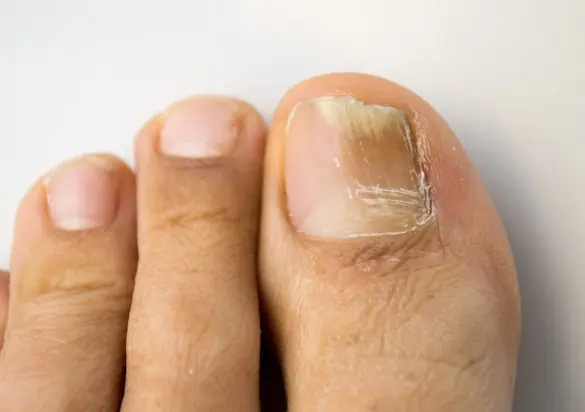
Brittle Nails, Dry Hair? You’re Missing Out on These Vital Vitamins, Says Science!

Experts Reveal 11 Hidden Health Warnings You Can Spot Just by Looking at Your Nails

Your Body Holds 7 Octillion Atoms—And Most Are Billions of Years Old
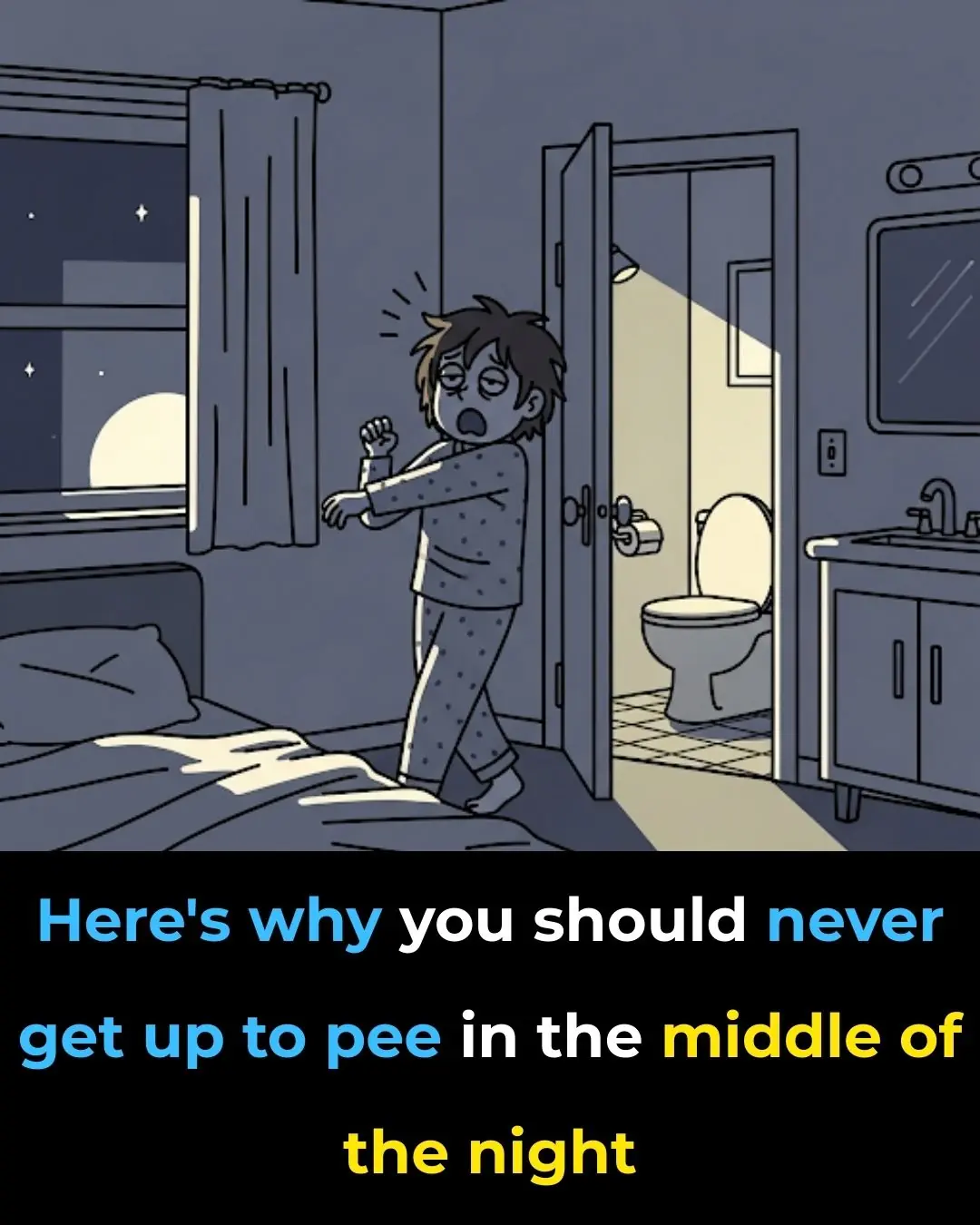
Why You Should Stop Waking Up to Urinate

Scientists Say That The Brain Senses Emotions In Others Without You Even Knowing It

Lithium Deficiency May Spur Alzheimer’s — and Guide Treatment

Hep B Transmitted by Shared Glucometers in Care Facility

Put Salted Lemon in the Room—The Surprising Benefits

On Humid Days, Walls Are Prone to Mold and Peeling—Do This Right Away to Improve the Situation
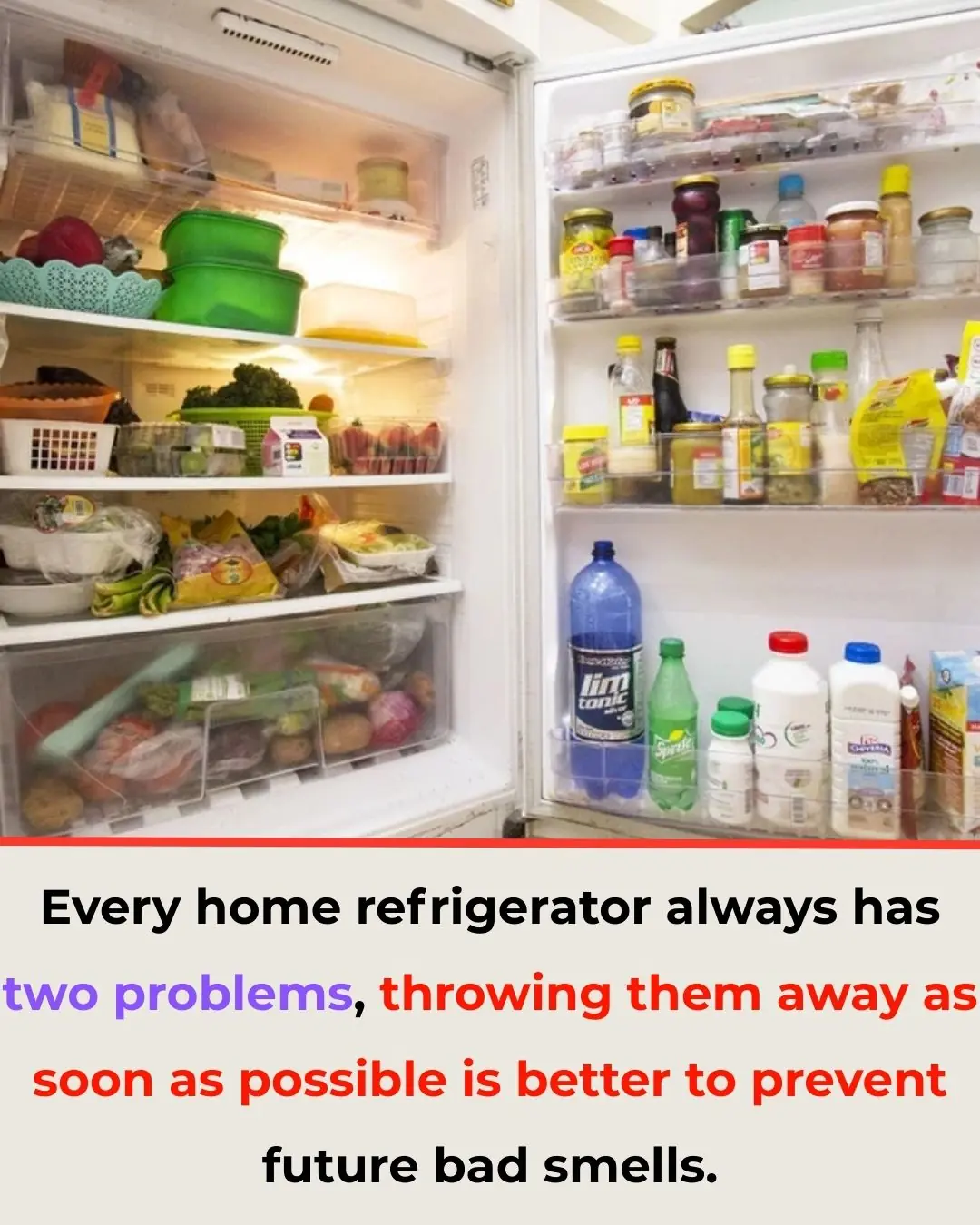
Every Home Refrigerator Always Has Two Problems—Throw Them Away as Soon as Possible to Prevent Future Bad Smells
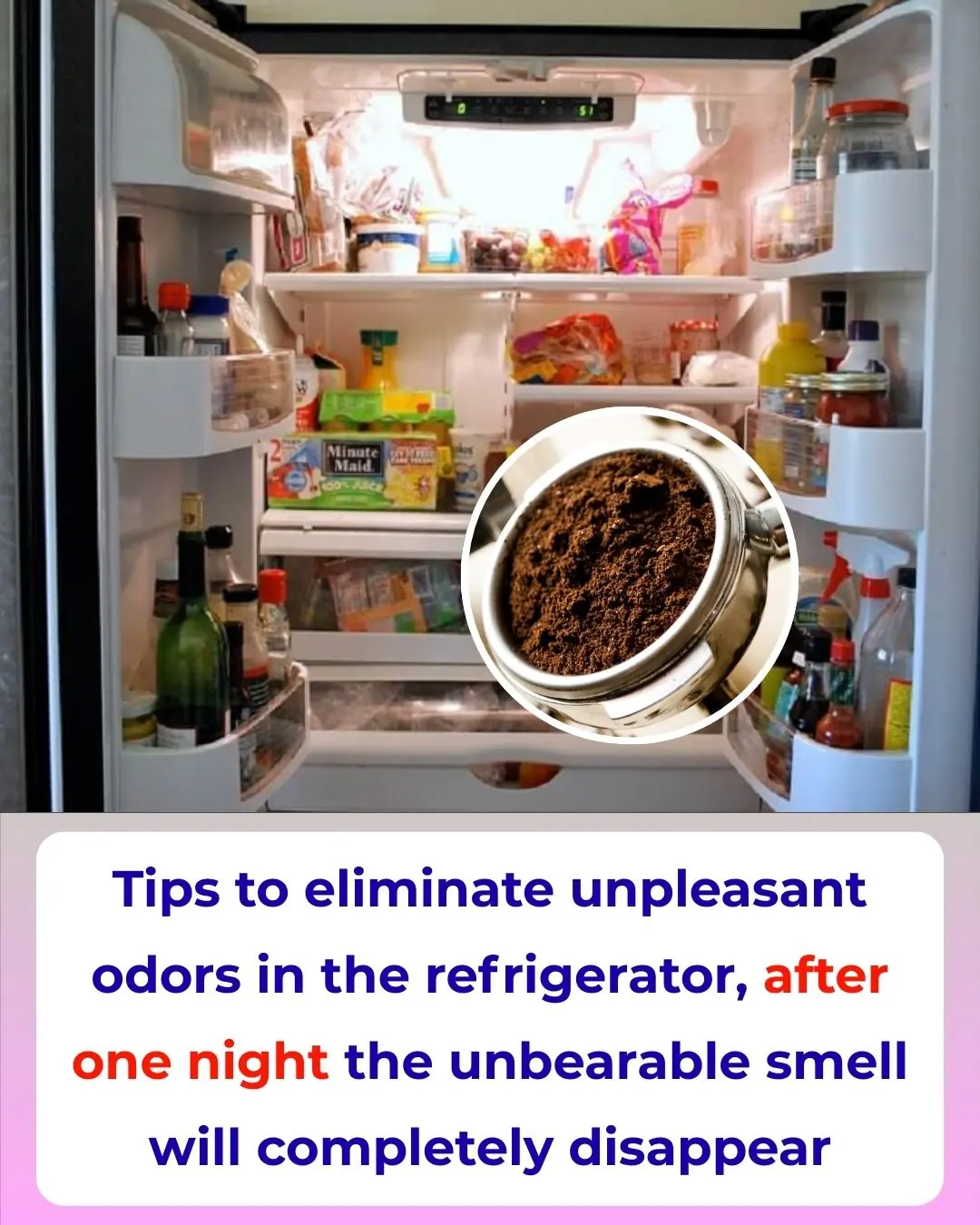
Tips to Eliminate Unpleasant Odors in the Refrigerator—After One Night, the Unbearable Smell Will Completely Disappear

Tips for Cleaning an Air Fryer Without Scrubbing, Yet It Still Looks As Good As New
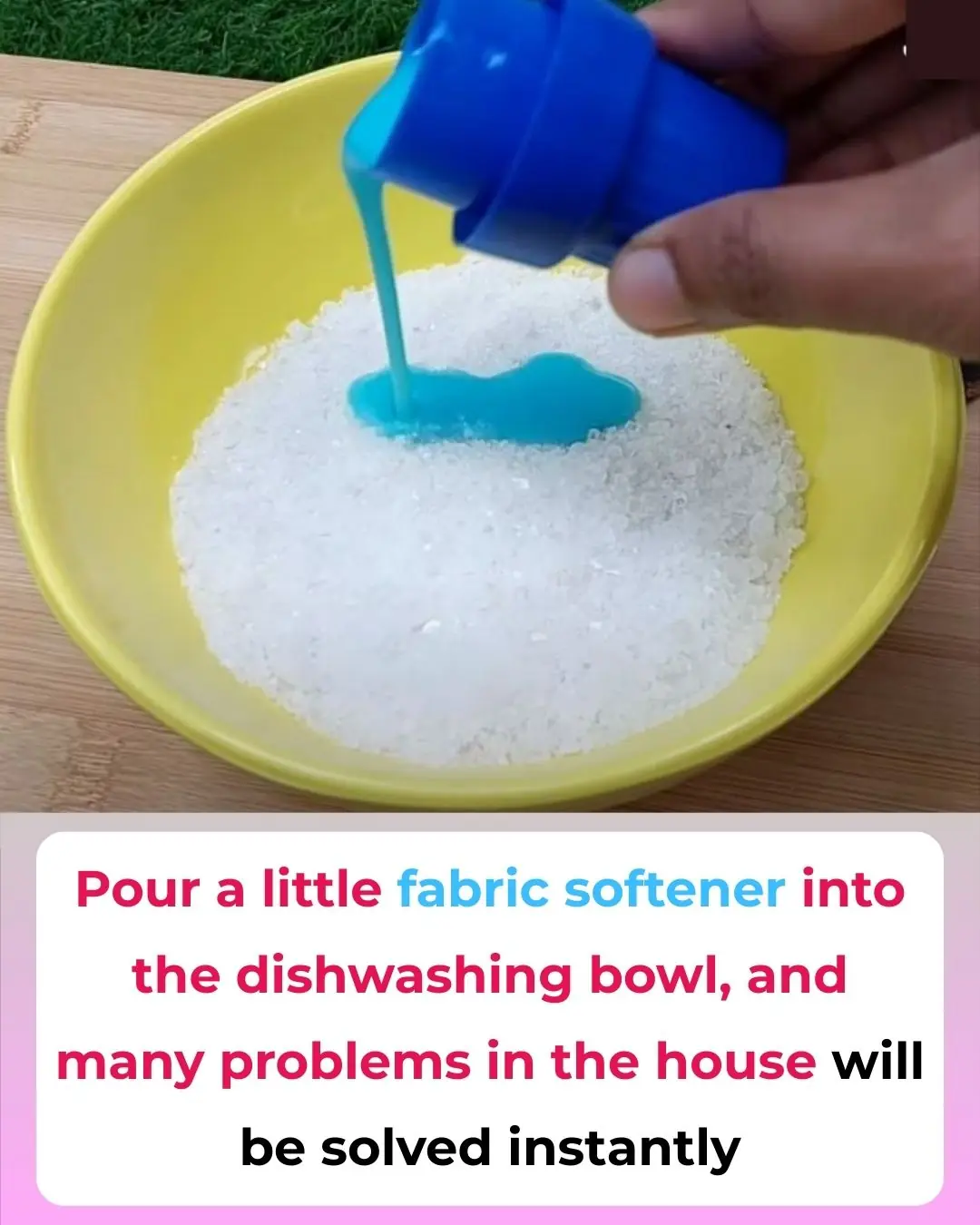
Pour a Little Fabric Softener into the Dishwashing Bowl, and Many Problems in the House Will Be Solved Instantly
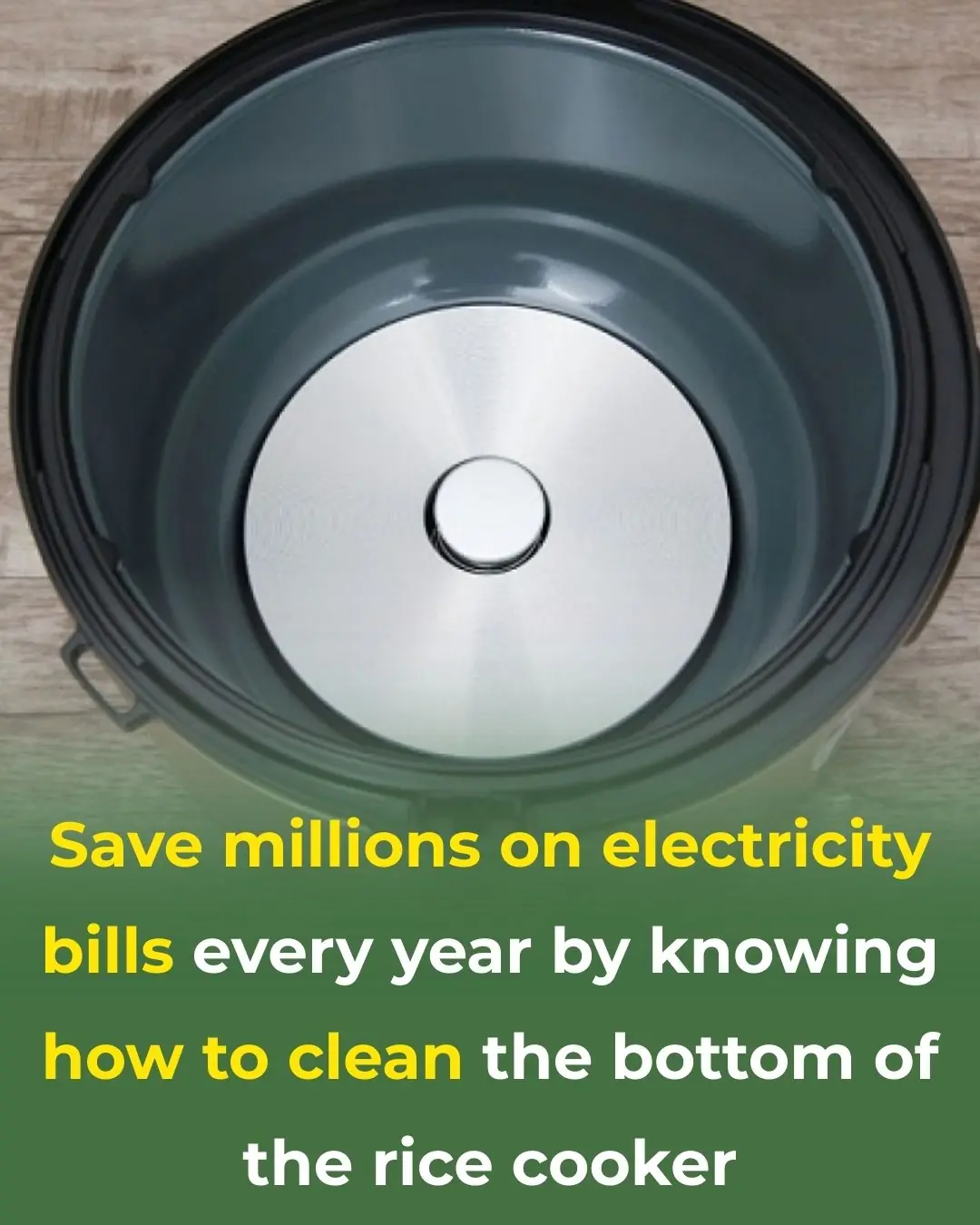
Save Millions on Electricity Bills Every Year by Knowing How to Clean the Bottom of the Rice Cooker
